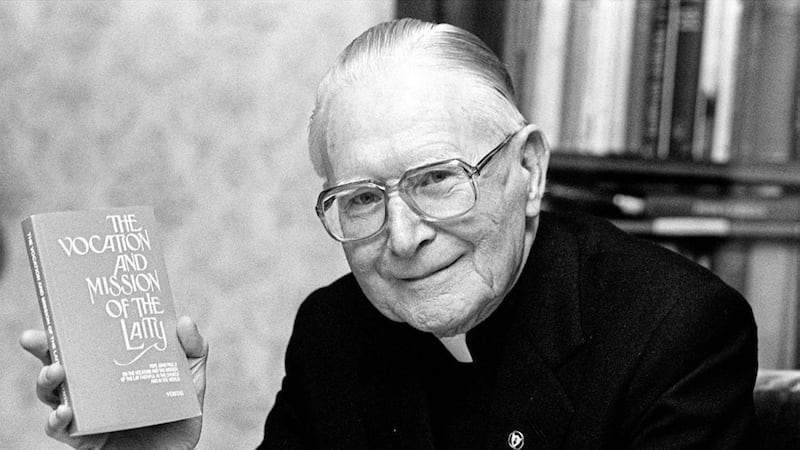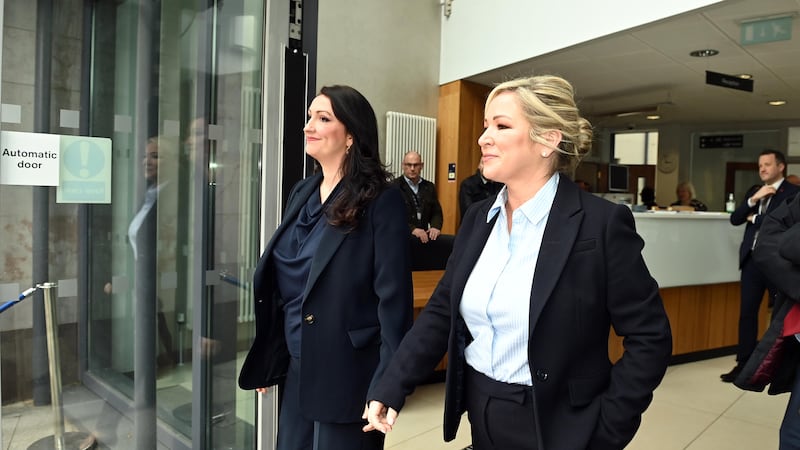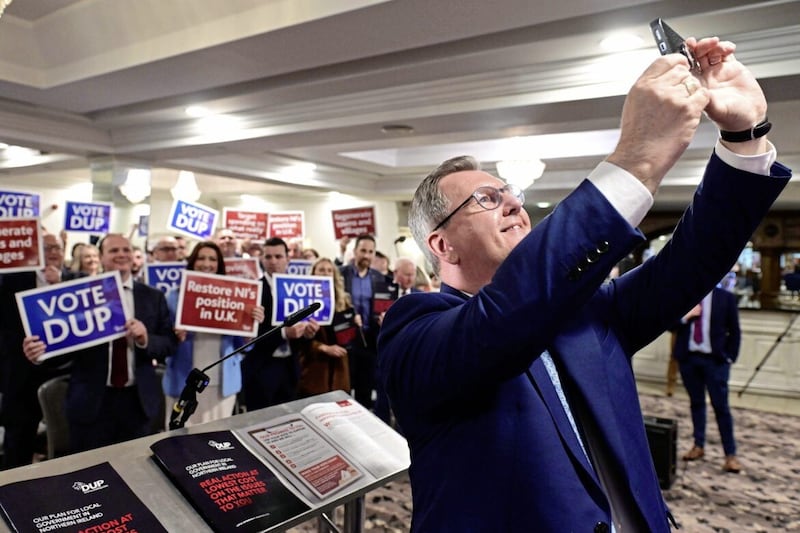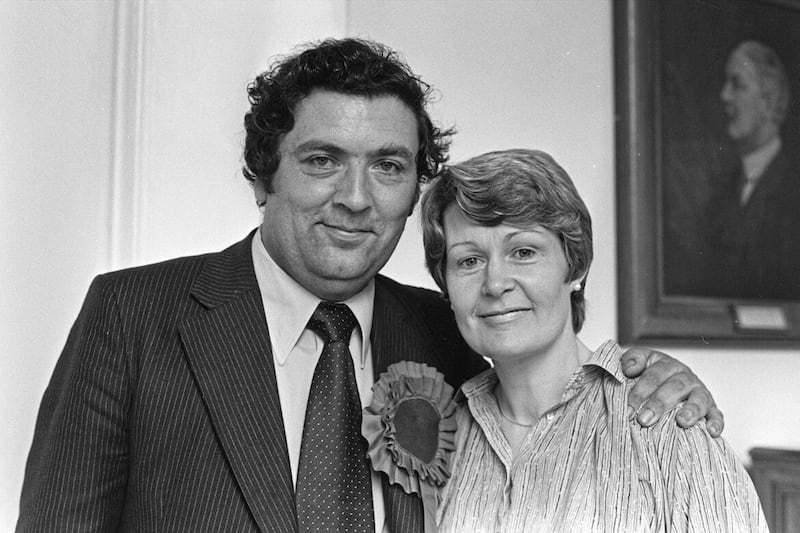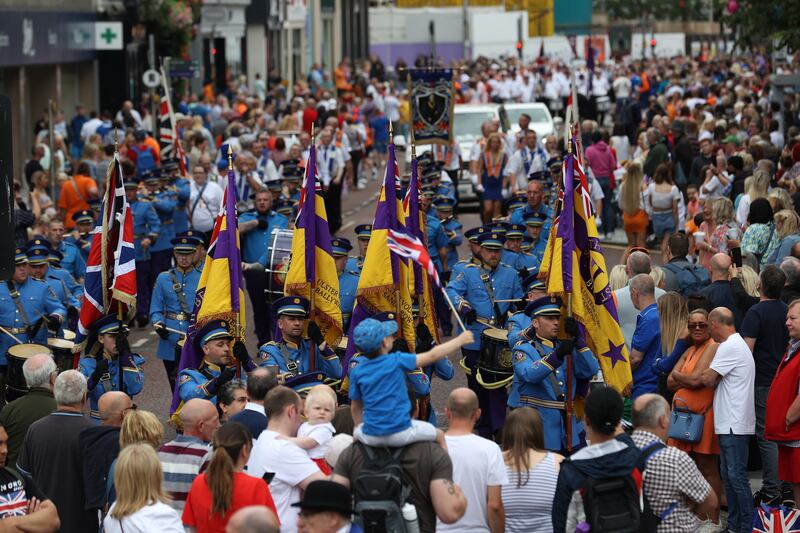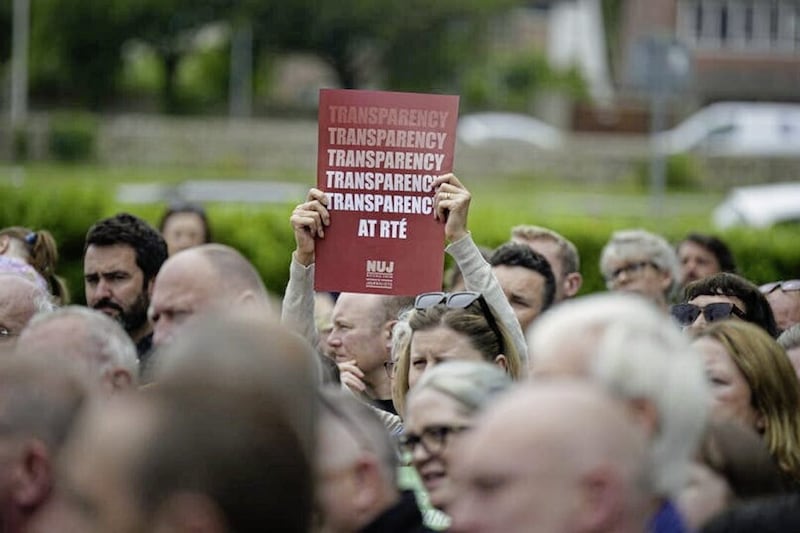NOBODY needs justification for poring over the historian’s rough draft of choice, the yearly release of government papers.
The citizen’s duty is to be better informed. Insights, plus occasional dismay and indignation, lie in discovering what ministers and minions say when the doors close on the media with their microphones and cameras. Though what is published each January depends on the alertness of researchers, as well as official censorship.
During the Troubles, there was an extra layer to the official exchanges between Irish and British ministers, civil servants and diplomats - on violence, sectarianism, northern political parties and paramilitaries.
Dublin’s Department of Foreign Affairs diplomat ‘travellers’ were generally regarded as sharper, perhaps simply better than their British and NIO counterparts at collecting information. What lawyers and priests told the travellers then, in tucked-away corners or the margins of worthy conferences, can still make small waves.
Perhaps some simply forgot the listeners were making notes, which in these days of longevity would probably become public within their own lifetimes. Over the past few days an eminent judge and a couple of once-prominent figures may have blushed, if only briefly.
In 1986 today’s Lord Justice Weir, then a mere QC, called the RUC of the 1980s under the then Chief Constable Sir John Hermon ‘worse and more sectarian’ than earlier, and wrote off the ‘unreformable’ UDR, some of whom he’d defended. His confidant, Irish ambassador to Britain Noel Dorr, sent the conversation they had to the Taoiseach’s office as a ‘secret’ paper. Next day, he noted, Weir made a much blander speech. Which he told Dorr later he regretted, but he was new to the British Irish Association do (snobbish, Oxbridge-y) and fumbled for an appropriate tone. Hard to imagine Reg Weir intimidated, but there it is.
Take another bow, Sir Ken Bloomfield, unveiled in the state papers last year disparaging the west Belfast community. In April 1986 he was Northern Ireland’s top civil servant, when amid continuing unionist anger at the previous year’s Anglo-Irish Agreement, with its consultative role in the north for the Irish government, he noted his own suggestion to a Dublin meeting. To show unionists that violence did not pay, perhaps nothing should be done to tackle loyalist violence? Completely logical, he thought, though there was also much to be said for encouraging dialogue between the parties.
1986 tested many. The then Bishop of Down and Connor Cahal Daly told a Dublin official the SDLP were doing little to ‘penetrate west Belfast’ and combat the rise of Sinn Féin - though around that time SDLP voices talked Daly up to journalists as smart, steely, a strong Catholic spokesperson. Having just returned north from a Longford posting, the Irish church’s rising star clearly thought of himself in similar fashion.
The papers released this year in Belfast, Dublin and London sprawl from 1974 to 1990, the Irish trove still no more recent than from 30 years back despite Dublin’s anxious awareness that Britain gets a crucial first crack at shaping judgments by closing files for a mere 20. Dublin’s still yield zingers.
There was an NIO official complaining to Foreign Affairs that Dundalk gardai had left young Peter Robinson to fend for himself (among hostile rioters). This was after his court appearance for crossing the border by night among cudgel-wielders who set about a sleepy unarmed garda in little Clontibret. Today’s television obligingly found a clip of the 1986 Robinson prim hair and darkened glasses, warning unionists on his return without a trace of self-awareness that his experience showed the gardaí would not protect them.
One of this year’s oldest snippets as usual with delayed releases lacks explanation for its late emergence. But it has period charm. A report in January 1974 describes the DUP taking apart by brute force the first assembly session of the first power-sharing arrangement, in a report from the Stormont ‘sergeant at arms’ to the clerk of the assembly justifying calling in police.
Dismayed Captain John Cantillon omitted details those of us craning over the press gallery hastily scribbled; thumps and shoving, a solid punch, hissing in the ear of former hardliner turned chief-Unionist power-sharer Brian Faulkner. Vanguard Unionist Professor Kennedy Lindsay made the record with his war-dance on a table. The official reports noted several policemen with bruises from a ‘very sordid disturbance’. There followed, however, nothing so sordid as an arrest.
But officials, like those whose opinions went into storage, could never have imagined how they would sound to another age.
